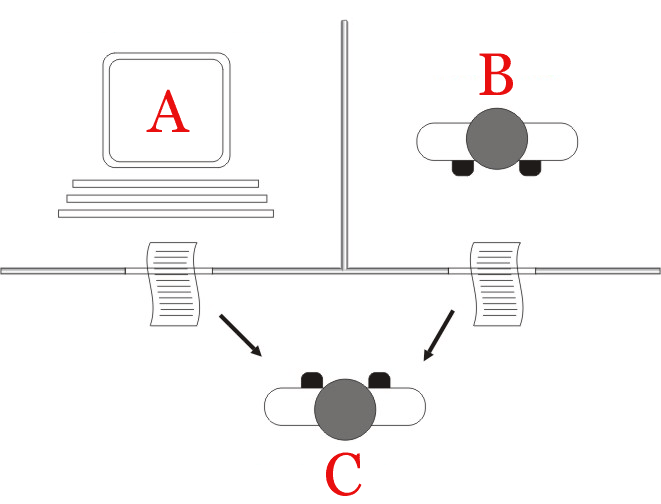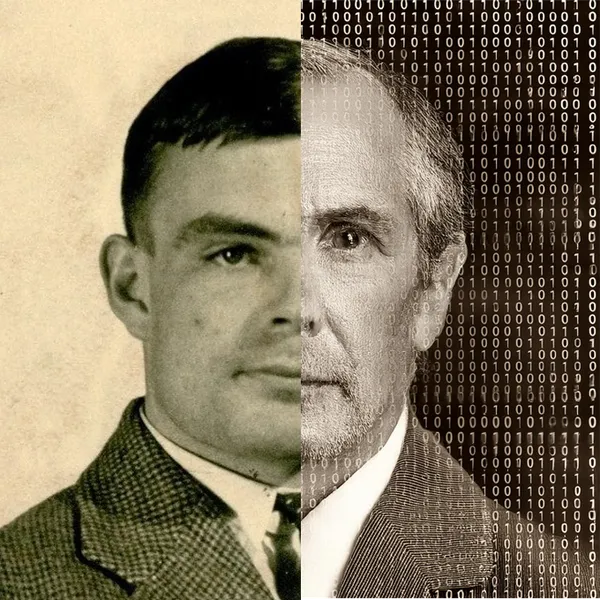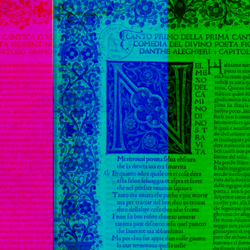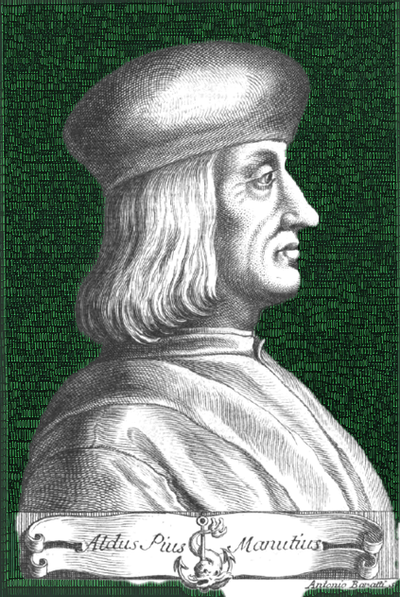"I propose to consider the question, 'Can machines think?' - Alan Turing Computing Machinery and Intelligence
Alan Turing, in his 1950 paper “Computing Machinery and Intelligence,” proposed a means to answer this question while working at the University of Manchester. The Turing test, originally called the imitation game by Turing, tests a machine's ability to exhibit intelligent behavior equivalent to, or indistinguishable from, that of a human.
Turing proposed that a human evaluator would judge natural language conversations between a human and a machine designed to generate human-like responses. If the evaluator could not reliably tell the machine from the human, the machine would be said to have passed the test. Turing’s test assessed a machine’s ability to exhibit intelligent behavior equivalent to or indistinguishable from a human’s. This test, in essence, is a litmus test for the presence of true intelligence, a test of imitation versus genuine understanding.
Can an AI find a way to communicate knowledge effectively
The test crafted by Turin becomes crucial in leveraging AI for developing learning.
Just as Turing’s test evaluates the indistinguishability of a machine’s responses from those of a human, successfully employing an AI to assist in learning is determined if the AI’s contributions genuinely enhance the learning or merely mimic the process. It’s about whether AI is merely imitating the data and information or truly assisting in it.
Integrating AI into learning development aims not to replace human intelligence but to augment it, to create a symbiotic relationship where AI works in tandem to create more effective and efficient learning.
Who was Alan Turing?
Alan Turing, a prodigious British mathematician, computer scientist, and logician, was instrumental in the evolution of artificial intelligence (AI). His groundbreaking work laid the foundation for what we now know as AI. Turing’s concept of “Machine Intelligence” was a revolutionary idea that has since become a cornerstone in the field of AI. This concept encompassed the principles of machine learning and neural networks, which are now integral components of modern AI systems. Turing envisaged systems that could generate responses that were not only correct but also aesthetically pleasing — what we now see in ChatGPT and other NLP-based systems that can interact with humans in a more natural and engaging manner.
“The true sign of intelligence is not knowledge but imagination.” – Alan Turing
About the
Featured Image
Image generated with an AI. Most generative AIs rejected creating images of a real person. The ones that did, came back with images that had no likeness in common to the real Turing or even Benedict Cumberbach.
Prompt: Create an image of Alan Turing on a binary background; make the photo look like it was taken in the 1940s, sepia and black and white looking.


This is the new caption, hopefully it will left justify.










